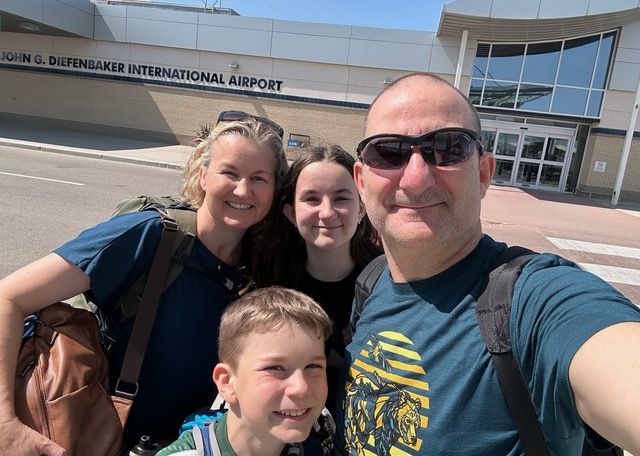We were lucky to go on a day trip tour that transported us from Hue to Hoi An. The first stop on the tour was an ancient Champa tower that had been buried under the sand for many years, before its discovery. It was interesting to see the efforts going into preservation (a plastic shed like structure is there to prevent damage from weather and visitors). Prior to coming to Vietnam, we had never heard of the Champa people. The South China Sea was previously named the Champa Sea in honor of the sailors from this tribe due to their extensive trade and conquering routes. Archeological evidence suggests the Champa people were originally from Indonesia, their history has been partially forgotten as other empires, the Nguyen Dynasty in Vietnam, the Khmer in Cambodia, and the Javanese began to dominate Southeast Asia. Based on extensive archeological evidence of their temples and communities along many trade rivers and ports they are thought to have been the most dominant group in South Asia from the 2nd to the 11th century. They established control over central Vietnam, expanding into Laos and Cambodia. Initially Hindu, later many converted to Islam. In 1832 Kingdom of Champa came to an end and now has a very small population. During our journey we have continued to learn and see evidence of their culture, artistry and ongoing influence in Vietnam today.
We then moved on to An Bang cemetery, the largest Champa cemetery in Vietnams, sometimes called “Ghost City”. Seeing the incredibly ornate family tombs at the cemetery made more sense when we learned more from our guide about the importance of the afterlife and caring for the ancestors. This is evident throughout Vietnam and this clearly continues to be an important part of family life. The tombs were covered in mosaic made from broken piece of ceramics, in an ornate colour co-ordinated style (the pictures do not do it justice). Our guide Minh explained how the families in this village had struggled with poverty for many years and the cemetery had fallen into disrepair. Over the last ten years things have changed as many of the families have adult children living and working internationally. The children send money home, the town has become wealthy again and a large effort has gone into restorating and building tombs. This is not done as a tourist draw but is done in preparation for the afterlife and caring for the ancestors.
We visited the beautiful Lap An Lagoon and Lang Co Beach, famous for its pearl production (of course associated with a pearl sales pitch). Luckily there was a nice coffee shop and Aiden enjoyed “the best coconut coffee yet”!
Hai Van Pass “Ocean Cloud Pass”, a breathtaking mountain road connecting Hue and Da Nang. The pass climbs 500m above sea level, in the past it divided the Champa Kingdom and Vietnam. It has always had strategic value as a lookout during military conflicts. During the French Colonial period a railway was constructed through the pass. During the Vietnam war it was an important military point with important views. The tragedy of the Vietnam war is so clear and highlighted during all our visit with significant war sites. 2,000,000 Vietnamese people died, 58, 000 American soldiers died. I am re-reading Kristen Hanas book The Women, the horror of the bombing campaigns, agent orange (a toxic herbicide), Napalm, the impact of economic sanctions. She does a wonderful job of describing PTSD, the stigma the Vietnam Vets experienced, the gender differences and how hard it was to have PTSD recognized.
A final stop of the day was Marble Mountain, a group of 5 marble mountains and hills. This began with a visit to one of the many marble sculpture galleries. The variety in sculptures was amazing representing many different religions and deities, it was fun to walk around and again we were grateful for the lack of high-pressure sales in Vietnam. Marble mountain has a large Pagoda at its entrance, the mountains contain many caves and sanctuaries (Buddhist and Hindu). During the Vietnam war it housed a cave hospital for the Vietcong.































